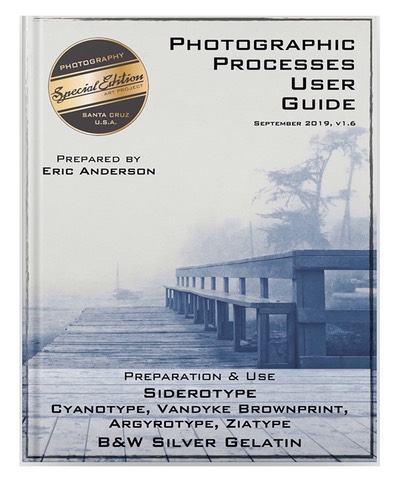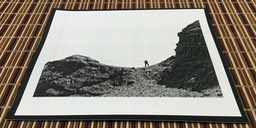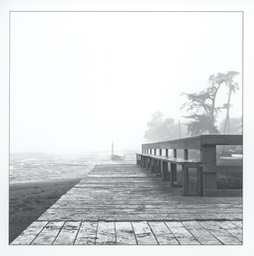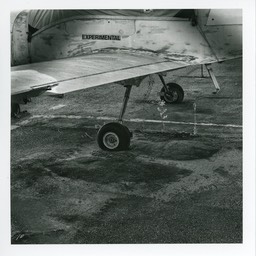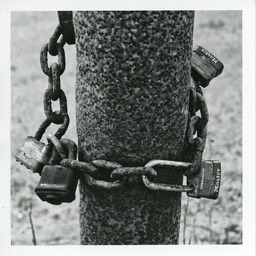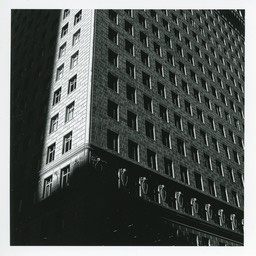B&W Silver Gelatin Process
The silver halide process - Gelatin sized papers sensitized with Silver Bromide in the early days and Silver Chlorobromide in the paper’s latest manifestations - muscled out its photosensitive iron based predecessors due to silver halide’s much higher light sensitivity. The higher sensitivity allows for smaller cameras with smaller negatives which in turn allows for prints to be created via enlargement onto large sheets of photographic paper. No longer were practitioners tied to contact prints from equal sized negatives or slow exposure times for print making.
Exposure to a negative produces the latent image, made visible by a developing agent. The image is then made permanent by treatment in a photographic fixer, removing unused light sensitive silver halides. The final image consists of small particles of silver bound in a layer of gelatin.
About the supplied B&W film and printmaking chemistry
The photographic film and paper processing chemistry we use for B&W silver gelatin is made by LegacyPro Photo, called eco•pro. The facility rental rates include all in-house developing chemistries. We do not support color film (C41 or E6) or color paper processing due to the toxicity of those respective chemistries.
The eco•pro film developer is essentially XTOL, a safe developing agent related to Vitamin-C, made of the same chemistry, same developing schedule, and same reference material as Kodak’s now discontinued XTOL. The paper developer chemistry is, again, an ecologically safe Vitamin-C related alternative to more biologically reactive products. We use eco•pro non-hardening neutral fixer for both film and paper development. We have chosen ecologically friendly processes and processing chemistries for use in our facility – good for you, good for your art, good for the environment. Maintaining our mission to be green to the environment, we do not allow the use of mutagens, carcinogens, or chemistries with high biological oxygen demand within our facility.
If you must use an alternative chemistry for film or paper development, we have a few requirements:
- We need to understand your chemistry and see the material safety data sheets ((M)SDS) before we make a decision on allowing it in the facility.
- You should plan on bringing in pre-mixed chemistry in your own storage bottles. We will provide Hazardous Materials Identification (HMIS) safety labels for your bottles. You may mix the chemistry on-site with our lab ware, storing it in your own bottles, and cleaning up after yourself – it simply adds to your rental time within the facility. We do not have storage bottles on-hand for sale.
- Pending disposition of your chemistry, we may ask you take some or all of your used byproduct with you when you are finished for the day.
- We charge $5.00 per 500ml of fixer to be e•waste recycled at the county disposal facility.
- For darkroom use with outside chemistry, you must rent the darkroom at the private space rates to allow the darkroom and its chemistry to be in your exclusive control.
Read the Film Processing chapter of our Process User Guide
A couple of reference links:
DigitalTruth Photo eco•pro film & paper chemistry
Choosing a B&W Film Developer
Film Photography Project on XTOL
The Massive Dev Chart: Select XTOL for the eco•pro film developer
Kodak Professional XTOL Developer
Ilford - Making Your First B&W Print
B&W Split Grade Printing - Jeff
B&W Split-Filter Printing - Joe Englander
